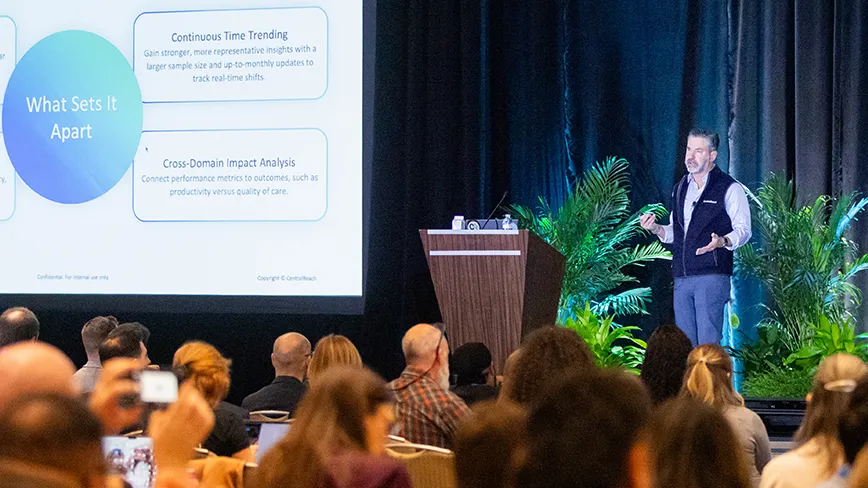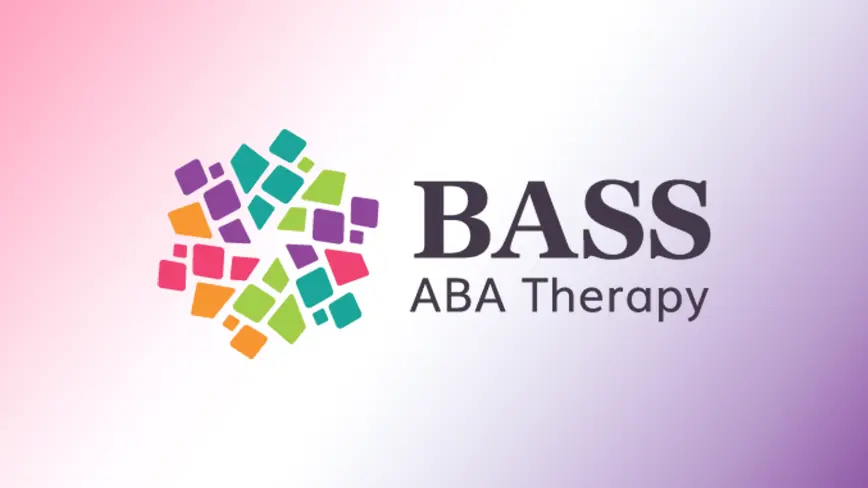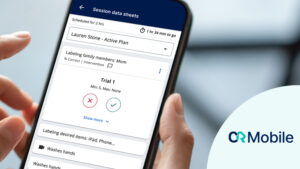Before accepting a position as a registered behavior technician (RBT), receiving your RBT certification is a non-negotiable prerequisite -- and one that contains several steps. If the certification process has you feeling lost, confused, or overwhelmed, don't worry -- you have landed at just the right place!
This blog post covers RBT certification steps, information about what it means to be an RBT, and other details devised to guide you through this exciting career journey. It is likely that as you read this blog, you'll find that questions you have about the process are covered.
Here are several (of many) questions that will be answered throughout this post.
- What is an RBT?
- Are there any requirements I have to meet before beginning the certification process?
- What does that end-to-end process look like? What is involved?
- What are some benefits of becoming certified?
- What type of compensation can I expect to receive as an RBT?
Now -- let's dive in!
What is a registered behavior technician?
RBTs, also referred to as behavioral health technicians, are paraprofessionals who implement applied behavior analysis (ABA) treatment plans under the guidance of Board Certified Behavior Analysts (BCBAs), who design, assess, and modify client programs.
From there, most RBTs will go on to work one-on-one with the client. They are expected to establish rapport with the client and their family and provide in-person services that align with the behavioral modification plan created by the BCBA.
While an RBT's job duties are determined by their supervisor, they usually include (but are not limited to) the following:
- Deliver in-person services to clients and families
- Support critical data collection processes
- Collect, organize, and analyze progress data
- Deliver guidance and support to client families
- Foster key areas (e.g., social skills) with clients
- Train parents and caregivers
What is an RBT certification?
An RBT certification is a nationally recognized paraprofessional certification for RBTs. It prepares and qualifies RBTs to work in the behavior analysis field and supports the efforts of BCBAs. If you're interested in obtaining a certification, keep in mind that there are tasks that must be completed before applying. Fortunately, these provisions ensure that you will start your path as an RBT prepared, informed, and ready to enter the field.
BACB requirements for RBT certification
Here are a few requirements you must meet before beginning your formal training to become an RBT.
You must:
- Be at least 18 years of age
- Pass a background check equivalent to those mandated in schools and childcare centers
- Have a high school diploma or national equivalent

Process of RBT Certification
To be certified as an RBT, you must apply. Here's what the process looks like.
1. Provide all required documentation
Begin by creating and logging into your BACB account, where you'll be asked to upload the required documents, including:
- The Certificate of Completion for your RBT 40-hour training
- Your completed RBT Competency Assessment
- Documentation such as a copy of your transcript or diploma to verify completion of high school (or the equivalent)
RBT candidates must find an RBT Supervisor or RBT Requirements Coordinator to complete a portion of their application. Candidates can utilize the certificant registry, which allows users to locate viable contacts online by filters such as last name, country, state/province, and zip code.
2. Complete a 40-hour RBT coursework
All RBT applicants must complete a 40-hour training based on the RBT Task List (2nd ed.). The training must be overseen by a BACB certificant (BCBA, BCaBA, or BCBA-D), also called a "responsible trainer." An "assistant trainer" may conduct the training only if overseen by a responsible trainer, and can be delivered in person or online. It can be conducted in a single course or multiple units that add up to 40 hours. Keep in mind: you'll need to complete the training within a 180-day period but in no less than 5 days.
3. Pass the competency assessment with a BCBA
Once you have completed RBT training, you must complete the Initial RBT Competency Assessment. The RBT Competency Assessment must be:
- Overseen by a qualified BACB certificant who meets the supervision requirements
- Completed after you've completed RBT training
- Completed no sooner than 90 days before submitting payment for your RBT certification
Once you have completed your 40-hour RBT coursework, the next step is to pass the competency assessment with a BCBA -- who, in this case, is also referred to as a "responsible assessor." To become a responsible assessor, the completion of an eight-hour supervision training is required. In addition, an "assistant assessor" can support the administration of the competency assessment, but only under supervision. The assessment itself can be conducted over one or more sessions which can take place in-person or online.
4. Take the RBT Certification Exam
If your application is approved, the next step in the RBT certification process is to schedule your exam. The RBT certification exam covers 6 content areas from the RBT Task List, including:
- Measurement
- Assessment
- Skill Acquisition
- Behavior Reduction
- Documentation and Reporting
- Professional Conduct and Scope of Practice
If you pass the exam, you are ready to begin practicing as an RBT!

Benefits to becoming RBT certified
There are plenty of benefits to becoming RBT certified. Whether your RBT certification is a dream job or the first step down a larger career path, the job provides professional value in many ways. Here are 3 key benefits.
1. RBTs are in high demand
According to the US Bureau of Labor Statistics, RBT jobs fall under the "Psychiatric Technicians and Aides" category, projected to grow 9% from 2021 to 2031. This career outlook is above average, indicating a strong demand for RBTs.
2. RBT certification is a nationally recognized credential
Last (but certainly not least): the RBT certification is a nationally recognized credential. Essentially, this signifies that once you qualify to start the process, satisfy all pertinent mandates, and finally pass the test, you are deemed qualified for the job. Equipped with the skills and aptitudes needed to dive into the field of behavior analysis, it's time to put all you've gained throughout the process into action! Formally qualified with the knowledge you need, it's time to hit the ground running -- making a positive impact on clients and families.
3. You can turn your passion into a career path
For those seeking a rewarding role that helps others overcome struggles and achieve great strides in their mental, emotional, and behavioral skills, then a career as an RBT is a great choice. Exploring the role, along with the many other behavioral analysis career options available, can turn something you are passionate about into a rewarding career path.
RBT certification FAQs
1. Is RBT certification difficult?
The road to getting your RBT certification takes work. It demands dedication, self-discipline, and the desire to assist others. With that said: if you don't consider yourself a "strong student" in the traditional sense, don't worry. There are plenty of ways to break up the process and study in a way that is most conducive to you.
2. Are registered behavior technicians (RBTs) well-paid?
Though a role's compensation being considered "well-paid" is dependent on each individual and their circumstances, a recent study reported that the average annual compensation for salaried RBTs in the United States is around $54,000, with entry-level salaries starting at around $47,000 per year. More experienced RBTs have higher earning potential, with some salaries exceeding $66,000 per year. RBT job growth rate over the next 10 years is 12% to 22%, which is much higher than the average job growth rate of 5%.
3. Is becoming an RBT worth it?
Like pay, this is truly dependent on the individual. However, if you're on the fence about kicking off your RBT certification process, we recommend weighing the pros and cons.
Consider factors such as:
- What you are presently looking for in a job
- Whether becoming an RBT will help support your professional goals – or, conversely, stand in their way
- Ways the role of an RBT could support or detract from what your definition of an ideal work/life balance is
- The individuals that will comprise your interdisciplinary team
- Opportunities an RBT position will afford you -- e.g., a preferred career trajectory, a way to infuse your day-to-day life with purpose, or the chance to become part of a field that carries special significance for you
4. What does it mean to be RBT certified?
To be formally certified means you successfully completed all the eligibility requirements to apply for the RBT certification and then passed the official RBT certification exam. In addition, RBT-certified individuals must complete annual renewal processes, receive ongoing supervision, and continually adhere (and remain vigilant in staying well-informed of changes or additions) to the code of ethics outlined by the BACB.
Wrapping things up - and next steps!
Becoming a Registered Behavior Technician is both an excellent role in and of itself -- plus a great entry point for someone that may be pursuing a career in ABA or early childhood education. Don't let fear of the certification process stand in your way. We strongly suggest you print this post and use it as a guide to reference throughout the process to stay on track and organized. By preparing correctly, you will pass the test and, before you know it, be out in the field, making a difference in the lives of the clients and families you work with.







